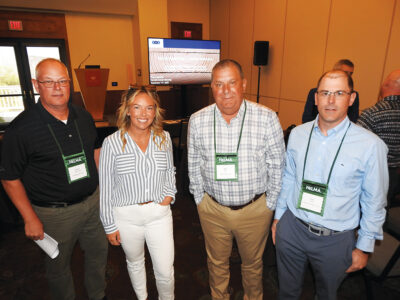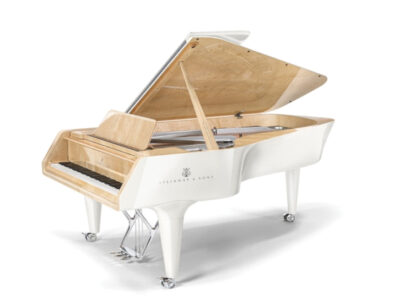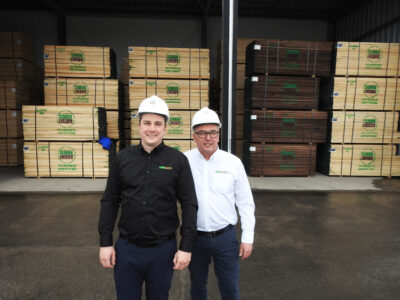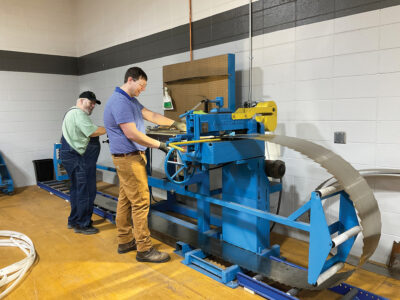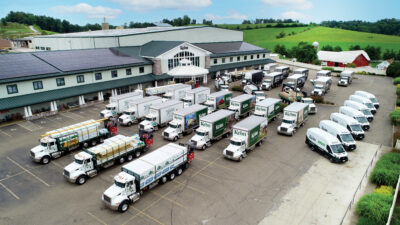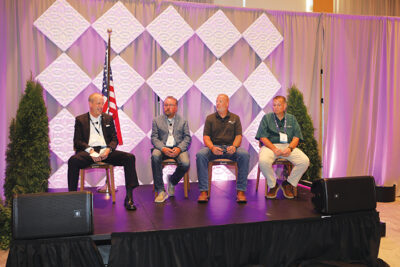Inland West Business Trends

Steady Sales In The Inland West
By Terry Miller
President
Contacts in the Inland West reported steady but cautious conditions, with most expecting a seasonal slowdown through the winter months before activity begins to rebound next year. The market is not showing dramatic swings now, but sources emphasized that pressures from interest rates, inflation, and uneven demand continue to shape the way buyers and sellers are approaching business.
A contact in Idaho said the market in his area has been holding about the same compared to the past six months, neither improving nor falling off. He noted his operation focuses on Ponderosa Pine boards, ranging from 1×4 through 1×12 along with 5/4 and 6/4 shop.
“Mostly we sell into distribution, and they’re just kind of grinding along,” he explained. He added that customers are not reporting any major shifts in their markets, just a continued slow pace that reflects overall economic caution.
Interest rates, inflation, and general uncertainty were mentioned as the most significant factors holding back stronger activity.
Transportation has not been an issue in this part of Idaho, but looking forward, the source expects the remainder of the year to continue at a grinding pace, while remaining “cautiously optimistic” for improvement next year.
From Montana, a supplier handling upper-grade Hem-Fir reported a similarly quiet market. “Steady but fairly quiet overall,” he said, describing conditions as comparable to the previous quarter.
Softwood lumber representatives prepare for the winter slowdown while combatting interest rates, economic shifts and general uncertainty.
His company sells primarily to retail lumberyards, where sales volumes have been fairly slow but not without some sense of optimism. “There’s a lot of optimism for next year,” he added, pointing out that while the immediate pace is sluggish, there is still a belief that once interest rates stabilize, business will improve. Seasonal factors also play a role, with expectations of a typical slowdown through the winter before better conditions arrive in spring.
While interest rates may be keeping some buyers on the sidelines, transportation has not been a concern in this region, and logistics are currently operating smoothly.
Elsewhere in Idaho, a source working with both Douglas Fir and Hem-Fir painted a more segmented picture of the supply situation. He described the market as two- or even three-tiered, with specific lengths and items commanding significant premiums while other material sells at heavy discounts. “Sixteens are the hardest to find,” he said. “In the old days, the spread might have been $40 to $80. Right now, depending on length and width, it’s anywhere from $150 to $250.” He added that this pattern has been in place for several months and continues to be most acute in Douglas Fir.
On the demand side, multifamily projects have been lagging, though contractors and retail yards are beginning to see some quoting activity. “There are rumblings of jobs coming,” he noted, though investors remain cautious about when to pull the trigger.
While trucking has not posed immediate challenges, he expressed concern about some carriers going out of business due to weak freight volumes.
As for the outlook, he predicted things “a little bit better” in the coming months, but with the caveat that market sentiment often swings opposite of expectations.
Across the Inland West, suppliers described a market that is steady but slow, shaped by economic caution and seasonal patterns, with most watching for stronger demand signals to arrive in the spring.


